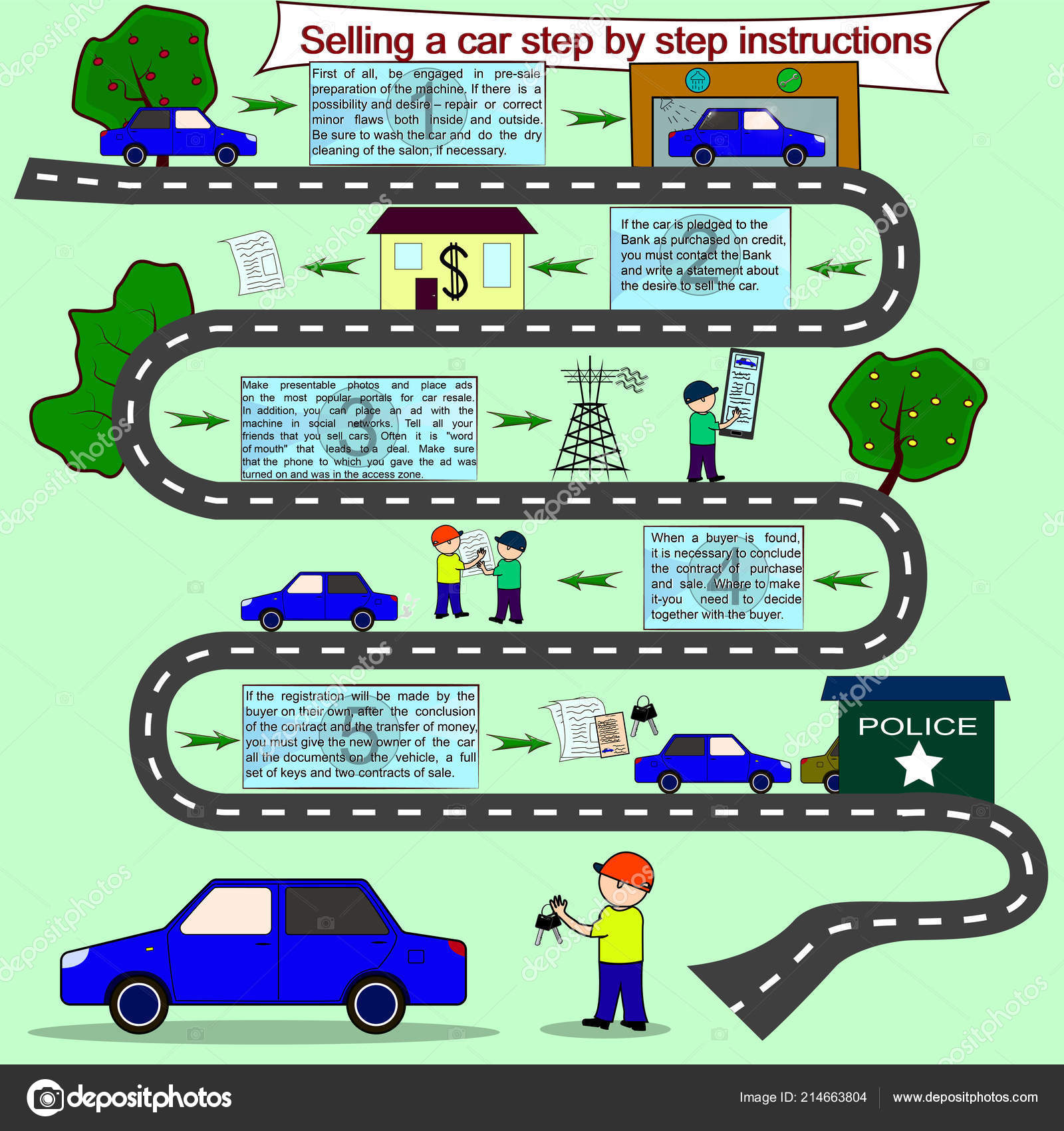When you're behind the wheel, those radiant caution lights on your control panel can be a bit complicated. Do you know what they're attempting to inform you about your auto's health and wellness? Understanding the importance of these lights is vital for your security and the durability of your automobile. So, the next time among those lights appears, wouldn't you want to understand its message accurately and take the essential steps to address it?
Common Warning Lights and Interpretations
Recognize usual caution lights in your car and recognize their significances to make certain risk-free driving.
The most typical caution lights consist of the check engine light, which signifies concerns with the engine or emissions system. If this light comes on, it's essential to have your automobile checked immediately.
The oil stress warning light indicates low oil stress, needing instant focus to prevent engine damages.
A blinking battery light might recommend a damaged billing system, possibly leaving you stranded if not resolved.
The tire pressure monitoring system (TPMS) light notifies you to low tire stress, impacting vehicle security and gas efficiency. Ignoring this can result in dangerous driving conditions.
The abdominal light indicates an issue with the anti-lock stopping system, endangering your capability to stop swiftly in emergencies.
Last but not least, the coolant temperature alerting light warns of engine getting too hot, which can result in severe damage if not settled promptly.
Recognizing these typical warning lights will assist you deal with issues quickly and keep safe driving problems.
Significance of Prompt Attention
Comprehending the usual caution lights in your cars and truck is just the initial step; the significance of promptly resolving these warnings can't be highlighted enough to guarantee your safety and security when traveling.
When a warning light brightens on your dashboard, it's your automobile's way of interacting a possible concern that needs focus. Neglecting these warnings can bring about extra extreme issues later on, compromising your safety and security and potentially costing you a lot more in repairs.
Look At This to warning lights can prevent break downs and crashes. As an example, a blinking check engine light can show a misfire that, if left unattended, could trigger damage to the catalytic converter. Resolving this quickly can save you from a pricey fixing.
In a similar way, a brake system alerting light could indicate low brake liquid or worn brake pads, crucial parts for your security when driving.
DIY Troubleshooting Tips
If you observe a warning light on your dashboard, there are a few DIY fixing tips you can attempt before seeking specialist help.
The first step is to consult your auto's manual to comprehend what the certain caution light suggests. Often the problem can be as simple as a loose gas cap triggering the check engine light. Tightening up the gas cap might settle the problem.
Another common issue is a low battery, which can set off numerous warning lights. Examining the battery links for corrosion and guaranteeing they're protected might take care of the problem.
If a caution light persists, you can attempt resetting it by separating the cars and truck's battery for a couple of mins and after that reconnecting it. Furthermore, checking please click the following page , such as oil, coolant, and brake fluid, can assist fix warning lights associated with these systems.
Conclusion
In conclusion, comprehending your vehicle's warning lights is crucial for maintaining your lorry running smoothly and safely. By promptly dealing with these informs and knowing what they mean, you can stay clear of expensive repair services and prospective break downs.
Bear in mind to consult your vehicle's guidebook for certain information on each cautioning light and take action accordingly to make sure a hassle-free driving experience.
Stay notified, stay secure when traveling!
